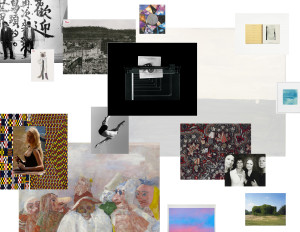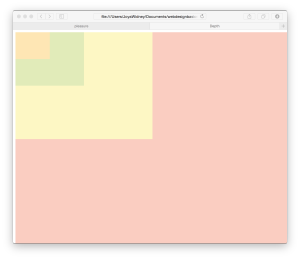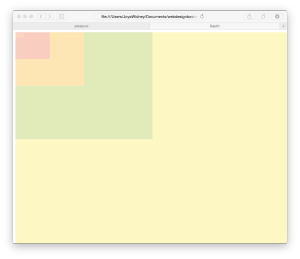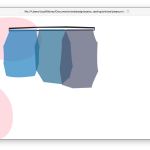How to use cyber data efficiently also ethically?
Many issues have risen in the reading. There are couples of them that interest me, First, if the cloud space need any regulation, second the problem with who can be the regulator for the cyber space, and the third the privacy of the online user. All of these questions are hard to answer. Due to the increase number of online user, many user data was collected to benefit some organization. It is a waste to not using the data that we have. Data can be very powerful in terms of studying customer behavior and wants. As mentioned in the reading, internet data can be divided into two separate visions, first is the cypherpunk dream, which includes all anarchic stuff (youtube/twitter). Second is the data’s empire, which include most the cloud and surveillance.
Internet is originally designed to be anarchic, people can do whatever online with out think about law. Due to heavy use of data in business and political environment recently, I think it is necessary to impose law in order to protect the user and business. I think there should be fundamental law that applies to the world, since the Internet have no border boundary. I agree with the reading that the third party are only the carrier for user’s information, but not the stakeholder. It is like when people store their stuff in storage, the storage has no right to open the storage of others and share with anyone else. If a company is going to use the user’s information, the notification and permission is needed. I know a lot of company sale their customer’s information to another party; I think it is very unethical, because the user doesn’t know about any of these. The contract and agreement online sometime can be very hard read, many user don’t really read it. I think it is important for a company to protect users information. Cyber-libertarianism can only be implement when there are rules around it. Most importantly, as the reading states: “A cloud provider is a new kind of third party; it manages and hosts vast troves of personal data belonging to its customers.”








